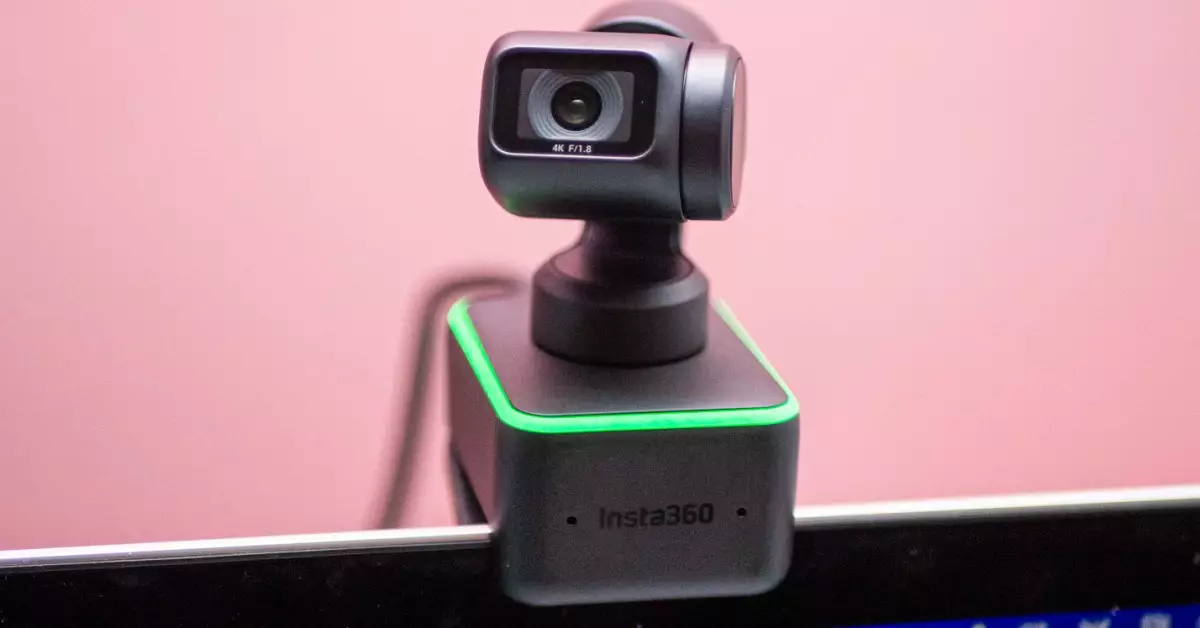The release of the Nintendo Switch 2 has sparked excitement among gamers and tech enthusiasts alike, but this leap into the next generation of consoles comes with an unexpected twist—webcam compatibility issues. While Nintendo has touted the ability to connect “any compatible USB-C camera,” early tests reveal a frustrating reality. Many widely-available webcams marketed as top choices for streaming and video conferencing fail to work, forcing potential users into a frustrating guessing game. This predicament not only raises questions about Nintendo’s compatibility claims, but it also highlights a larger industry issue when innovation outpaces standardization.
An Uncertain Landscape
To add to the confusion, manufacturers have yet to provide a clear list of webcams that work with the new console. Major brands like Logitech, Elgato, Razer, and others have been approached for clarity, yet their silence is deafening. This lack of communication leaves consumers navigating a patchwork of anecdotal experiences and vague promises. What should have been an exciting opportunity for gamers to connect with friends and family online now feels like a labyrinth of uncertainty, where the consumer is expected to do the legwork.
The idea that “any USB-C camera” would seamlessly connect has turned out to be more illusion than reality. Notably, older USB-A webcams surprisingly perform flawlessly with the Switch 2, while modern alternatives like the Logitech Brio 4K and Insta360 Link stumble and fail. This inconsistency speaks volumes about the disconnect between technological advancement and real-world usability. Was Nintendo merely masking a lack of robust testing? Or were they caught off guard by the quirky and unpredictable nature of hardware compatibility?
The Hidden Potential of Testing Tools
Despite the challenges, one bright spot in this frustrating scenario is the Switch 2’s user-friendly camera testing function. Gamers can quickly determine whether any given webcam works by navigating to System Settings and tapping into the Controls & Accessories section. The instantaneous feedback offered—an image appearing on the screen or not—simplifies the testing process. This feature could become invaluable for tech enthusiasts eager to compile compatibility lists, yet it shouldn’t overshadow the fact that users are left to shoulder the burden of trial and error.
In an industry that increasingly pushes for seamless integration and user-friendly experiences, this reliance on the community to create an informal “working webcams” list seems out of place. While user-generated content and interaction can foster cooperative problem-solving, it should not serve as a primary form of customer support for a new flagship product. Nintendo, it seems, has inadvertently shifted the onus of compatibility testing onto its most ardent supporters—a move that raises eyebrows and questions about future support.
Opportunities for Manufacturers
While Nintendo has not yet responded to requests for clarification regarding the webcam compatibility conundrum, the opportunity for peripheral manufacturers is clear. Companies like Elgato have hinted at the potential for firmware updates to expand compatibility with the Switch 2, demonstrating a willingness to adapt. This proactive approach could benefit not just Elgato, but other brands that step up to address the concerns of gamers.
At this juncture, the landscape is ripe for innovation. Manufacturers could band together to establish a standardized framework for webcam compatibility across various devices, potentially avoiding the pitfalls of the fragmented ecosystem currently facing users. Collaboration would not only enhance customer experiences but also boost brand credibility—a win-win for all parties involved.
Final Thoughts on Compatibility and Commitment
As the dust settles from the initial launch of the Nintendo Switch 2, the conversations around webcam compatibility will likely spur a reevaluation of how products are tested and marketed. In a world filled with rapidly advancing technology, accountability from manufacturers is more crucial than ever. Consumers deserve transparency on compatibility and functionality, particularly for peripherals that can significantly enhance their gaming experience. Until manufacturers step up to provide clear solutions, the current situation serves as a cautionary tale: never take claims of “universal compatibility” at face value.

